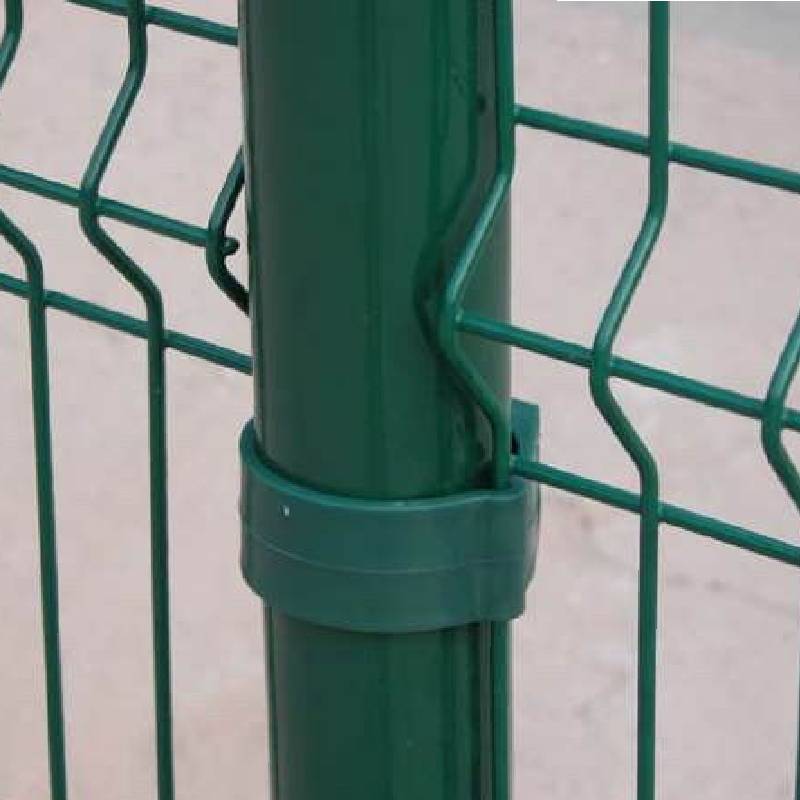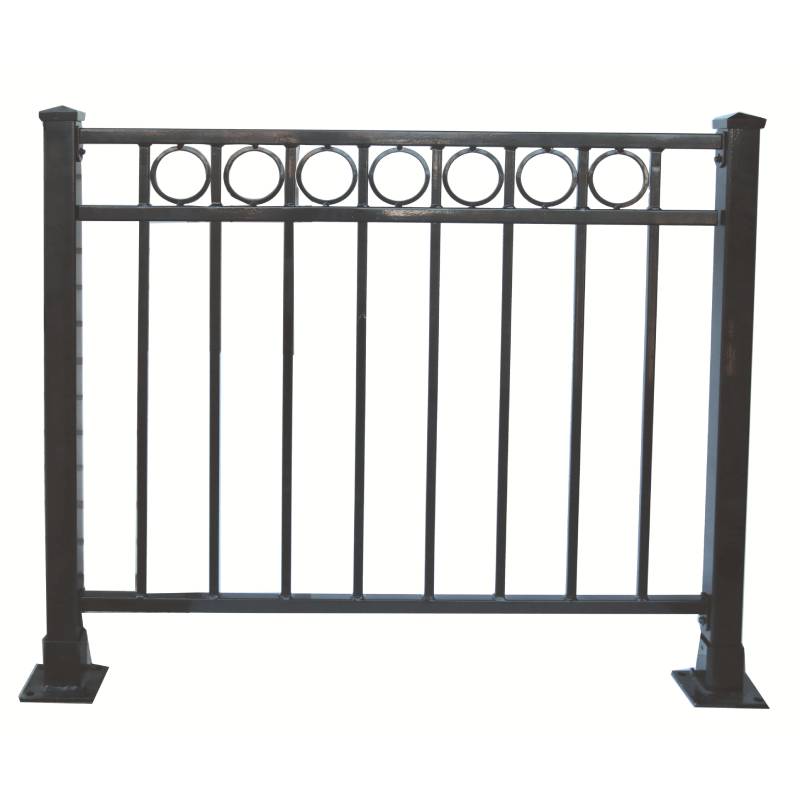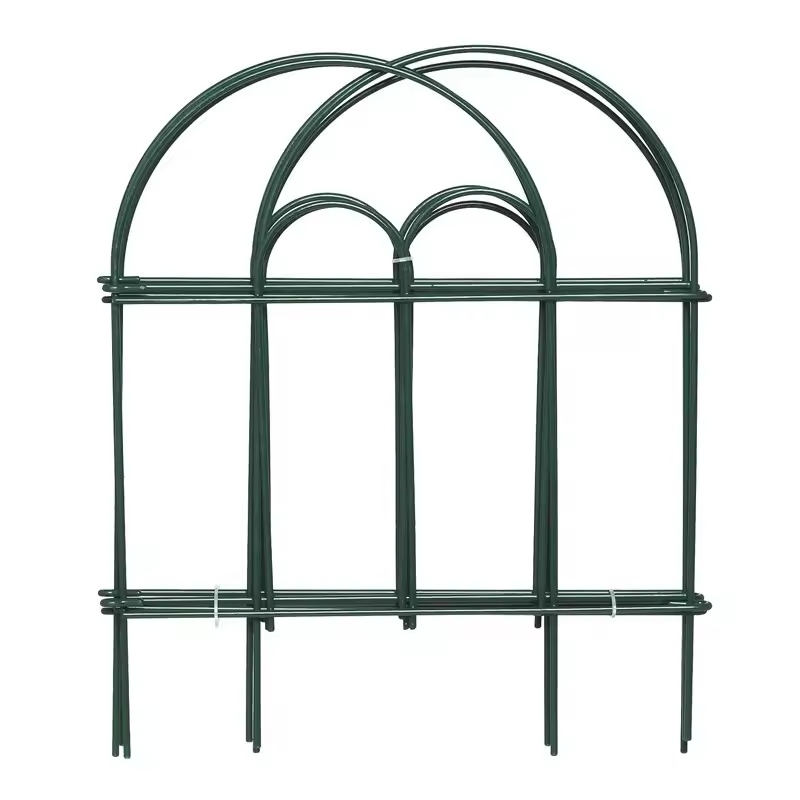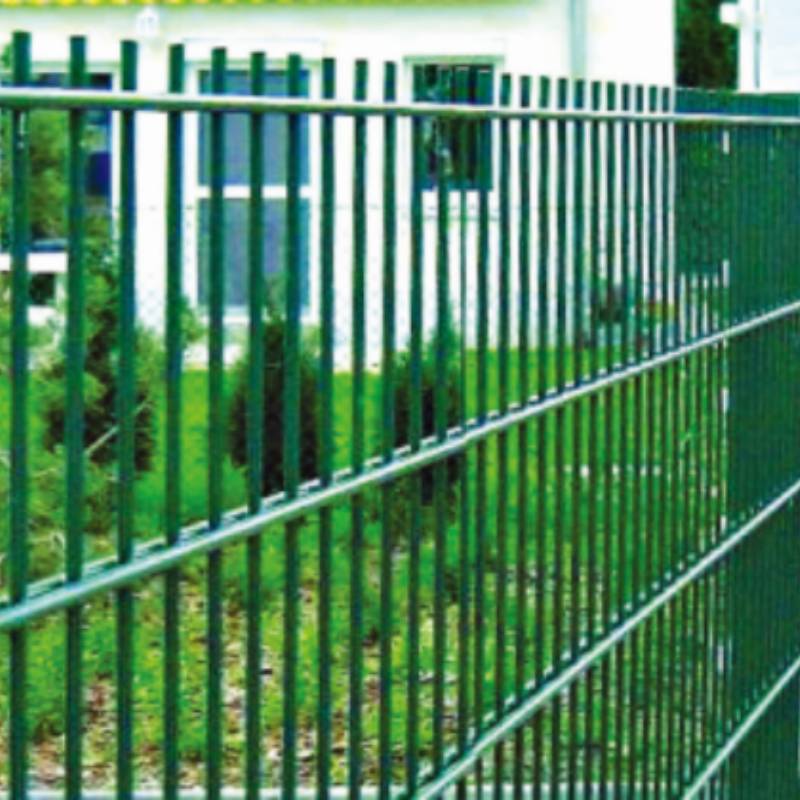-
Email:zhao@hyliec.cn
-
Tel:+86 311 85273988
-
WhatsAPP:8613931128750
-
 African
African -
 ChiAlbanian
ChiAlbanian -
 ChiAmharic
ChiAmharic -
 ChiArabic
ChiArabic -
 ChiArmenian
ChiArmenian -
 Azerbaijani
Azerbaijani -
 ChiBasque
ChiBasque -
 Chiberaruzi
Chiberaruzi -
 ChiBengali
ChiBengali -
 ChiBosnian
ChiBosnian -
 ChiBulgarian
ChiBulgarian -
 Katarani
Katarani -
 Cebuano
Cebuano -
 Kosikeni
Kosikeni -
 ChiCroatian
ChiCroatian -
 ChiCzech
ChiCzech -
 ChiDanish
ChiDanish -
 ChiDutch
ChiDutch -
 Chirungu
Chirungu -
 Esiperando
Esiperando -
 ChiEstonian
ChiEstonian -
 ChiFinish
ChiFinish -
 ChiFrench
ChiFrench -
 Frisian
Frisian -
 ChiGalician
ChiGalician -
 ChiGeorgian
ChiGeorgian -
 ChiJerimani
ChiJerimani -
 ChiGiriki
ChiGiriki -
 ChiGujarati
ChiGujarati -
 Kiriyoro yeHaiti
Kiriyoro yeHaiti -
 ChiHausa
ChiHausa -
 Chihawayi
Chihawayi -
 ChiHebhuru
ChiHebhuru -
 kwete
kwete -
 Miao
Miao -
 ChiHungarian
ChiHungarian -
 ChiIcelandic
ChiIcelandic -
 igbo
igbo -
 ChiIndonesian
ChiIndonesian -
 ChiIrish
ChiIrish -
 ChiItalian
ChiItalian -
 ChiJapanese
ChiJapanese -
 ChiJavanese
ChiJavanese -
 ChiKannada
ChiKannada -
 Kazaki
Kazaki -
 Khmer
Khmer -
 Rwandan
Rwandan -
 ChiKorean
ChiKorean -
 ChiKedhi
ChiKedhi -
 Kiyagizi
Kiyagizi -
 TB
TB -
 Ratini
Ratini -
 ChiLatvian
ChiLatvian -
 Ritunia
Ritunia -
 Rukusembogi
Rukusembogi -
 ChiMacedonian
ChiMacedonian -
 Malgashi
Malgashi -
 ChiMalay
ChiMalay -
 ChiMalayalam
ChiMalayalam -
 ChiMaltese
ChiMaltese -
 Maori
Maori -
 ChiMarati
ChiMarati -
 ChiMongoria
ChiMongoria -
 Mayanima
Mayanima -
 ChiNepali
ChiNepali -
 ChiNorwegian
ChiNorwegian -
 ChiNorwegian
ChiNorwegian -
 Occitan
Occitan -
 Pashito
Pashito -
 ChiPersian
ChiPersian -
 ChiPolish
ChiPolish -
 ChiPutukezi
ChiPutukezi -
 Punjabi
Punjabi -
 ChiRomanian
ChiRomanian -
 ChiRussian
ChiRussian -
 Samoan
Samoan -
 ChiGaelic cheScottish
ChiGaelic cheScottish -
 ChiSebhiya
ChiSebhiya -
 Chirungu
Chirungu -
 Shona
Shona -
 ChiSindhi
ChiSindhi -
 Sinhala
Sinhala -
 ChiSlovak
ChiSlovak -
 ChiSlovanian
ChiSlovanian -
 Somari
Somari -
 ChiSpanish
ChiSpanish -
 Sundanese
Sundanese -
 ChiSwahili
ChiSwahili -
 ChiSwedish
ChiSwedish -
 ChiTagalog
ChiTagalog -
 Tajik
Tajik -
 ChiTamil
ChiTamil -
 Tatar
Tatar -
 ChiTelugu
ChiTelugu -
 ChiThai
ChiThai -
 Turkish
Turkish -
 ChiTeki
ChiTeki -
 Ukrainian
Ukrainian -
 Urdu
Urdu -
 Uighur
Uighur -
 Uzbek
Uzbek -
 Vietnamese
Vietnamese -
 Welsh
Welsh -
 Help
Help -
 Yiddish
Yiddish -
 Yoruba
Yoruba -
 Zulu
Zulu
Panel Fence
Wholesale Metal Fence Panels ?
Wholesale metal fence panels are a popular choice for those looking for durable and secure fencing solutions. These panels are often made steel materials providing a
strong and long-lasting option for garden fencing. They are available in various designs and sizes, making them suitable for a wide range of applications. Wholesale options offer cost-effective solutions for purchasing metal fence panels in bulk, making them ideal for contractors, landscapers, and property developers looking to install fencing on a larger scale.
Is It Cheaper To Buy Fence Panels Or Build Them?
The cost of buying fence panels versus building them can vary depending on several factors. In general, buying pre-made fence panels can be cheaper and more time-efficient than building them from scratch. Pre-made panels are mass-produced, which often makes them more cost-effective due to economies of scale. Additionally, purchasing fence panels can save on labor costs, as they are typically easier and quicker to install compared to building a fence from individual components. However, building a fence from raw materials allows for more customization and control over the design, which may be a priority for some individuals. It's important to consider the specific requirements, budget, and time constraints when deciding whether to buy or build fence panels.
How To Install A Panel Fence?
To install a panel fence involves several steps:
1. Measure and plan: Determine the length of the fence and calculate the number of panels needed. Plan the layout and ensure the fence posts are installed at the appropriate intervals to accommodate the panels.
2. Install the posts: Dig holes for the fence posts, ensuring they are deep enough to provide stability. Set the posts in concrete and allow them to cure before attaching the panels.
3. Attach the panels: Once the posts are set, attach the panels to the posts using appropriate fasteners such as screws or nails. Ensure the panels are level and properly aligned.
4. Add finishing touches: Depending on the type of panels used, additional finishing touches such as capping, trim, or paint may be required to enhance the appearance and durability of the fence.
5. Maintenance: Regular maintenance, such as cleaning and sealing, may be necessary to ensure the longevity of the fence panels.
It's important to follow the manufacturer's instructions and local building codes when paneling a fence to ensure proper installation and compliance with regulations. If in doubt, it's advisable to consult with a professional or seek guidance from experienced individuals.








